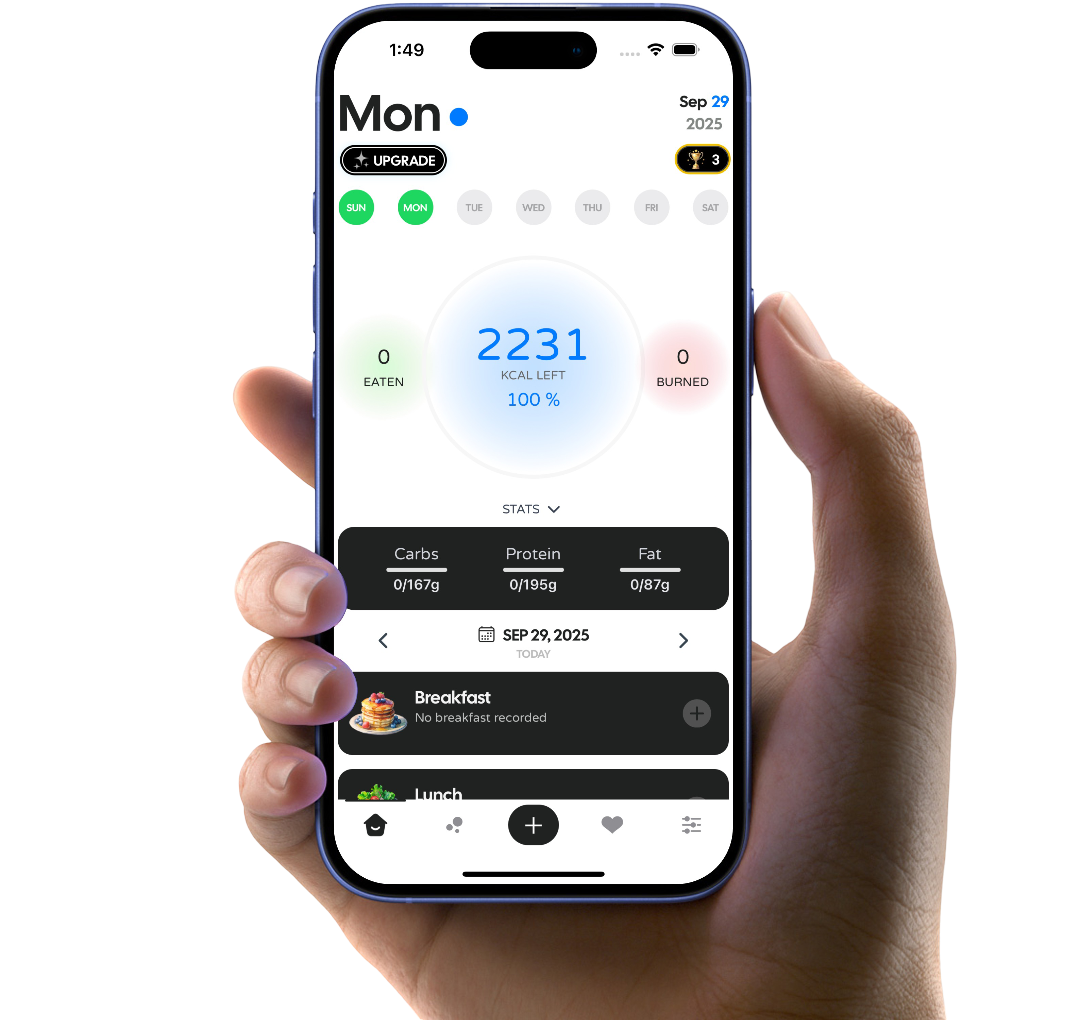Introduction to Calories Burnt Based on Activity
How many calories do you burn walking to the store, lifting weights, or even vacuuming the house? If you’ve ever pondered this, you’re not alone. The number of calories burned during any activity depends on its intensity, your body weight, and how long you do it. Fortunately, science offers a precise tool to measure this: the Metabolic Equivalent of Task (MET) score. MET scores provide a standardized way to calculate calories burnt based on activity, turning vague guesses into concrete numbers.
Whether you’re a fitness enthusiast aiming to shed pounds or someone curious about daily energy use, understanding how MET scores work can transform your approach to health and exercise. In this comprehensive guide, we’ll dive deep into what MET scores are, how they help calculate calories burned, and why they’re a game-changer for tracking physical activity.
What Are MET Scores? A Simple Explanation
The term "MET" stands for Metabolic Equivalent of Task, a unit that measures how much energy an activity requires compared to resting. At rest—say, sitting quietly or lying down—your body uses energy at a baseline rate, defined as 1 MET. This equates to roughly 1 calorie per kilogram of body weight per hour. Any activity beyond resting increases this value. For example, walking at a leisurely pace might have a MET score of 2.5, while sprinting could hit 12 or more.
The beauty of MET scores lies in their universality: they apply to everyone, regardless of age or fitness level, though the actual calories burned will vary based on individual factors like weight. To calculate calories burnt based on activity, you simply multiply the MET score by your weight in kilograms and the time spent in hours. This straightforward formula unlocks a world of insight into your energy expenditure, making it a cornerstone of fitness science.
The Science Behind MET Scores and Energy Expenditure
MET scores were developed to quantify the energy cost of physical activities in a way that’s both measurable and comparable. Rooted in exercise physiology, they reflect the oxygen your body consumes during movement. At 1 MET, you’re using about 3.5 milliliters of oxygen per kilogram of body weight per minute. Double the intensity—like jogging at 5 mph (MET 8)—and your oxygen use jumps accordingly.
This oxygen consumption directly correlates with calorie burn, as calories are the energy units your body extracts from food to fuel activity. Researchers have cataloged MET scores for thousands of tasks, from sleeping (MET 0.9) to competitive sports (MET 15+), creating a vast database known as the Compendium of Physical Activities. By leveraging this data, you can pinpoint exactly how many calories you burn doing almost anything, offering a scientific edge to fitness planning.
How to Calculate Calories Burned Using MET Scores
Calculating calories burned with MET scores is easier than it sounds. The formula is: Calories Burned = MET Score × Weight (kg) × Time (hours).
Let’s break it down with an example. Suppose you weigh 70 kg and go for a 1-hour bike ride at a moderate pace, which has a MET score of 6. Plugging in the numbers: 6 × 70 × 1 = 420 calories burned. If you only ride for 30 minutes, adjust the time to 0.5 hours, and the result is 210 calories.
Your weight plays a key role— heavier individuals burn more calories for the same activity because it takes more energy to move a larger mass. This method’s precision makes it ideal for tailoring workouts, tracking progress, or even balancing calorie intake with expenditure for weight management.
Calories Burnt by Everyday Activities
You don’t need a gym membership to burn calories—everyday tasks count too. Let’s explore some common activities and their MET scores. Walking at 3 mph (moderate pace) has a MET score of 3.3, burning about 231 calories per hour for a 70 kg person. Vacuuming or mopping floors (MET 3.5) clocks in at 245 calories per hour.
Gardening, like digging or weeding (MET 4.5), burns around 315 calories in the same time. Even standing in line (MET 1.5) or cooking dinner (MET 2.5) contributes—105 and 175 calories per hour, respectively. These numbers reveal a hidden truth: small movements add up. By understanding the MET scores of daily chores, you can turn mundane routines into opportunities for fitness, all while keeping your calorie burn on track.
Calories Burned During Exercise: A MET Score Breakdown
Exercise takes calorie burning to another level, and MET scores highlight the differences between activities. A brisk walk at 4 mph (MET 5) burns 350 calories per hour for a 70 kg person, while jogging at 6 mph (MET 10) doubles that to 700 calories. Cycling at a leisurely 10-12 mph (MET 6) yields 420 calories, but ramp it up to 16-19 mph (MET 12) and you’re at 840 calories.
Strength training (MET 6) matches moderate cycling at 420 calories, while high-intensity interval training (HIIT) can hit MET 8 or more, burning 560+ calories. Swimming laps (MET 7) clocks in at 490 calories per hour. These examples show how intensity and duration shape your calorie burn, giving you the power to choose activities that align with your goals—be it weight loss, endurance, or strength.
Factors That Affect Calories Burned
While MET scores provide a solid baseline, several factors tweak the final calorie count. Body weight is the biggest variable— a 90 kg person burns more calories than a 50 kg person doing the same activity (e.g., 540 vs. 300 calories jogging at MET 6 for an hour). Age impacts metabolism, with younger people often burning slightly more. Gender plays a role too—men typically have more muscle mass, increasing their energy use. Fitness level matters as well: a trained athlete might burn fewer calories during a workout than a beginner because their body is more efficient. Environmental conditions, like heat or altitude, can also nudge the numbers up. MET scores don’t adjust for these nuances, but they still offer a reliable starting point for most people.
Why MET Scores Beat Other Calorie Tracking Methods
Fitness trackers and apps often estimate calories burned, but their accuracy varies. MET scores, backed by decades of research, provide a standardized alternative. Unlike wearables that rely on heart rate or motion sensors— which can misjudge effort—MET scores are activity-specific and account for body weight directly. They’re also free and accessible: no device needed, just a calculator and a MET value from the Compendium of Physical Activities. Plus, MET scores cover a broader range of tasks, from sleeping to rock climbing, while many trackers focus solely on exercise. For anyone seeking consistency and precision in tracking calories burnt based on activity, MET scores are hard to beat. They empower you with knowledge, not just data.
Practical Examples: MET Scores in Action
Let’s put MET scores to work with real-life scenarios. Imagine a 65 kg person spending their Saturday like this: 30 minutes of mowing the lawn (MET 5.5 = 179 calories), 1 hour of yoga (MET 3 = 195 calories), and a 45-minute jog at 5 mph (MET 8 = 390 calories). Total burn: 764 calories.
Now picture a 80 kg person’s workday: 2 hours of sitting at a desk (MET 1.5 = 240 calories), 30 minutes of brisk walking to lunch (MET 5 = 200 calories), and 1 hour of evening badminton (MET 7 = 560 calories). Total: 1,000 calories. These examples show how MET scores reveal the cumulative impact of your day, helping you adjust activities to meet fitness or weight goals.
Using MET Scores for Weight Loss and Fitness Goals
Want to lose weight? Gain muscle? Boost stamina? MET scores can guide you. To shed 1 pound of fat (about 3,500 calories), you need a calorie deficit—burning more than you eat. A 70 kg person could burn 3,500 calories in a week by jogging (MET 10) for 5 hours total (700 calories/hour × 5).
Pair that with a balanced diet, and you’re on track. For fitness, mix high-MET activities like swimming (MET 7) with moderate ones like hiking (MET 6) to build endurance and strength. Track your weekly calorie burn with MET scores to ensure you’re hitting targets, adjusting intensity or duration as needed. It’s a flexible, data-driven way to sculpt your body and lifestyle.
Limitations of MET Scores: What to Know
MET scores aren’t flawless. They’re averages, so they don’t capture individual quirks like metabolism or effort level. A casual cyclist and a Tour de France contender might share a MET score of 8, but their actual calorie burn differs.
They also assume steady-state activity—short bursts or varying intensity (like HIIT) may skew results. Environmental factors, like hilly terrain or wind resistance, aren’t factored in either. Still, for most people, MET scores offer a close-enough estimate to plan effectively. Combine them with other tools—like a heart rate monitor or personal feedback—for even greater accuracy if precision is your priority.
Where to Find MET Scores for Your Activities
Curious about MET scores for your favorite activities? The Compendium of Physical Activities is the gold standard, listing values for everything from archery (MET 3.5) to zumba (MET 6.5). It’s freely available online—search “Compendium of Physical Activities” to access the latest version.
Fitness websites, apps, and even some gym equipment also provide MET values. For obscure tasks (say, playing fetch with your dog), estimate by comparing to similar activities (e.g., brisk walking, MET 5). With thousands of entries, the Compendium ensures you’ll find a MET score for almost any movement, making calorie tracking both fun and practical.
Conclusion: Master Your Calorie Burn with MET Scores
Calories burnt based on activity don’t have to be a mystery. With MET scores, you can calculate energy expenditure with confidence, whether you’re dancing, doing dishes, or dashing through a marathon. This scientifically grounded method strips away the guesswork, offering a clear path to understanding how your body uses energy.
From everyday chores to intense workouts, MET scores reveal the hidden calorie-burning potential in every move you make. Start experimenting with the formula—MET × Weight × Time—and watch how small changes in activity can lead to big results. Whether your goal is weight loss, fitness, or simply staying active, MET scores are your key to unlocking a healthier, more informed lifestyle.






